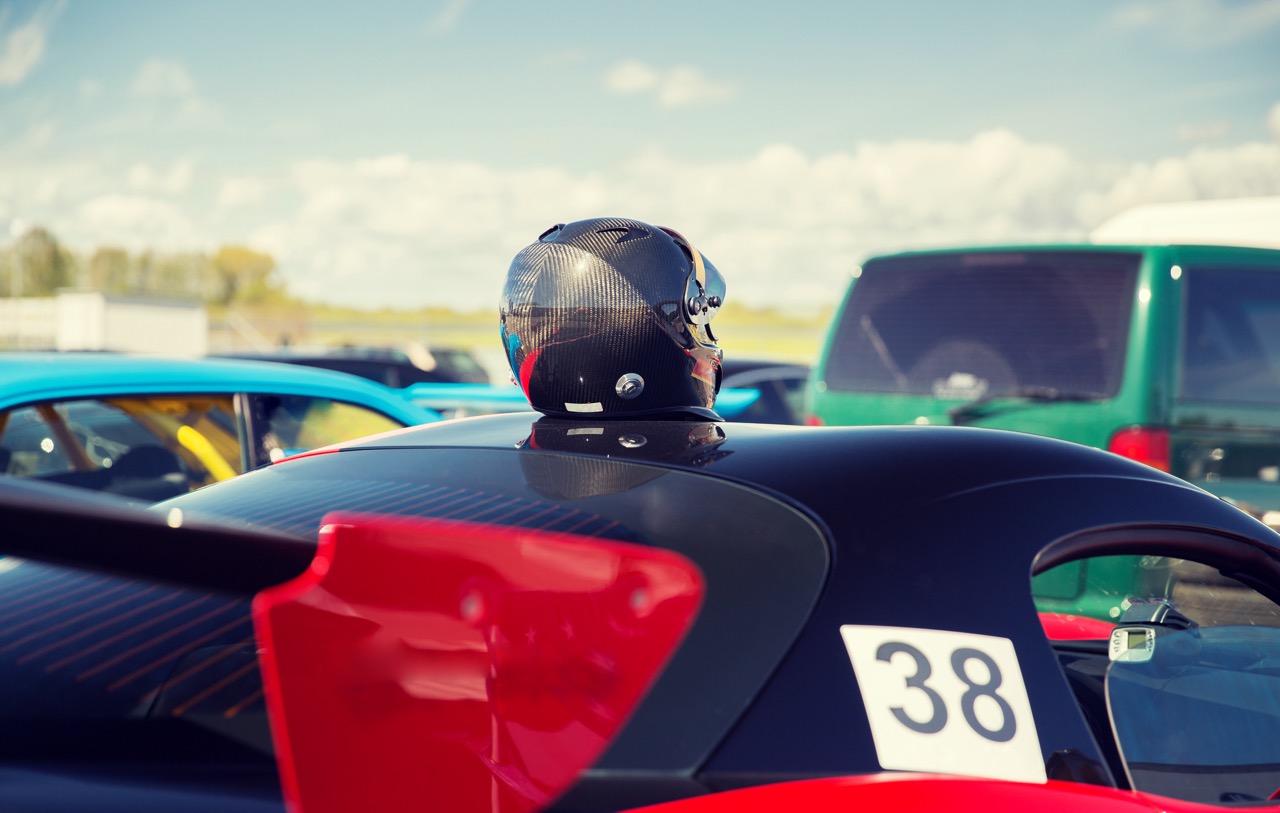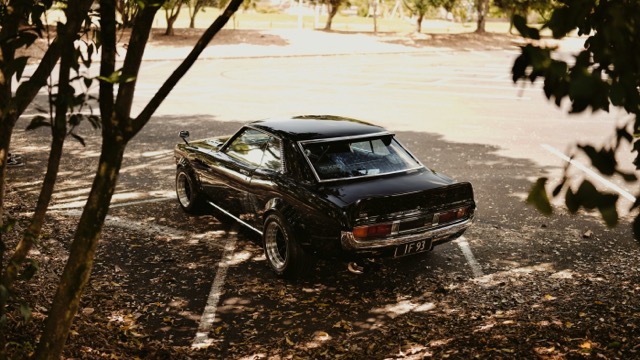The Renault Dauphine, introduced in the late 1950s, quickly became a symbol of French automotive ingenuity and style. With its unique blend of design, performance, and practicality, the Dauphine appealed to a wide range of drivers, from city dwellers to families. As it rolled off the assembly lines in Billancourt, this compact car not only captured the hearts of the French but also left a lasting legacy in the automotive world. In this article, we will explore why the Renault Dauphine became such a beloved choice among French drivers.
The Renault Dauphine: A Classic in French Automotive History
The Renault Dauphine was launched in 1956 as a successor to the Renault 4CV and quickly distinguished itself as a practical and economical vehicle. Its design was a departure from the boxy shapes prevalent at the time, featuring smooth lines and an elegant silhouette that appealed to a modern audience. The car was not just about looks; it was also engineered for efficiency, making it an ideal choice for the post-war French economy.
By 1962, the Dauphine had become one of the best-selling cars in France, showcasing the country’s shift towards more compact and affordable vehicles. Its popularity was further boosted by its presence in popular culture, appearing in films and advertisements that reinforced its status as a quintessential French car. The Dauphine’s success was not limited to France; it was exported to various markets worldwide, solidifying its role in automotive history.
Despite its discontinuation in the early 1970s, the Dauphine remains a classic, with many enthusiasts and collectors cherishing its vintage appeal. The car embodies a specific era of French design and innovation, making it not just a vehicle, but a piece of cultural heritage that continues to resonate with automotive fans today.
Design Innovations That Captivated French Drivers
One of the standout features of the Renault Dauphine was its innovative design. The car was one of the first to incorporate a unitary body construction, eliminating the need for a separate frame and resulting in a lighter and more fuel-efficient vehicle. This design choice was revolutionary for its time and contributed to the Dauphine’s agile handling and overall performance.
Another notable design element was its spacious interior, which cleverly utilized space to accommodate both passengers and cargo. The Dauphine boasted a comfortable seating arrangement and a well-designed dashboard that appealed to everyday drivers. Its aesthetic was both stylish and functional, showcasing Renault’s commitment to blending form and function seamlessly.
Moreover, the Dauphine came equipped with features that were considered advanced for its time, such as a fully synchronized gearbox and a rear-engine layout that enhanced traction. These innovations not only set the car apart from its competitors but also made it a favorite among drivers looking for a reliable and stylish mode of transportation.
Performance and Practicality: Why It Stood Out
When it came to performance, the Renault Dauphine delivered a balanced experience that met the needs of various driving conditions. Its rear-engine design provided excellent handling and stability, making it suitable for both city driving and longer journeys. The 845cc engine, while modest in size, offered commendable power for a compact car, allowing it to navigate urban streets with ease.
Fuel efficiency was another significant factor in the Dauphine’s popularity. At a time when fuel prices were rising, the car’s economical consumption made it an attractive option for budget-conscious drivers. With an impressive mileage of around 30 miles per gallon, the Dauphine allowed families and individuals to save money without sacrificing convenience or comfort.
In addition to its performance capabilities, the Dauphine was designed with practicality in mind. With a capacity to comfortably seat four adults and ample trunk space, it quickly became a go-to choice for families. The combination of performance and practicality ensured that the Dauphine was not just a car, but a reliable companion for everyday life.
Tips for Owning and Maintaining a Renault Dauphine
Owning a Renault Dauphine can be a rewarding experience, especially for enthusiasts and collectors. However, like any classic car, it requires specific care and attention to keep it running smoothly. Regular maintenance checks are crucial; this includes monitoring the engine oil, coolant levels, and brake fluid to ensure optimal performance. Since parts can be harder to find than for more modern vehicles, establishing a relationship with specialized suppliers or clubs can save time and effort.
Another important aspect of maintaining a Dauphine is preserving its unique bodywork. Regular waxing and washing can help protect the paint and prevent rust, especially in regions with harsh weather conditions. If you plan on taking it to car shows or events, consider investing in a high-quality cover to shield it from the elements when not in use.
Lastly, connecting with other Renault Dauphine owners can provide invaluable insights and support. Joining forums or local clubs dedicated to classic cars can offer tips, maintenance advice, and even camaraderie. Sharing experiences with fellow enthusiasts can also enhance your appreciation for this iconic vehicle and ensure that it remains a cherished part of automotive history.
The Renault Dauphine’s blend of innovative design, performance, and practicality made it a beloved choice among French drivers. Its enduring legacy is a testament to its impact on the automotive landscape, both in France and beyond. Whether you’re a seasoned collector or a newcomer to classic cars, understanding the reasons behind the Dauphine’s popularity enriches your ownership experience. As you embark on your journey with this remarkable vehicle, remember to cherish its history while enjoying the ride.








